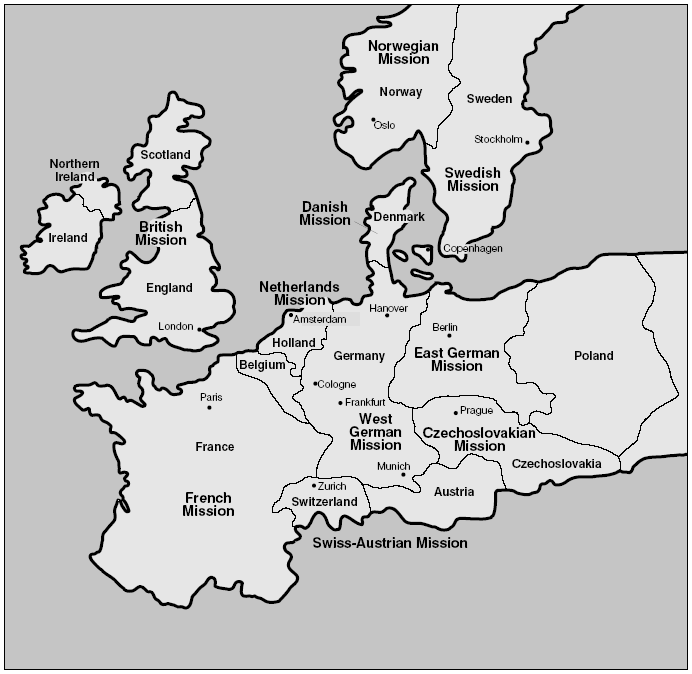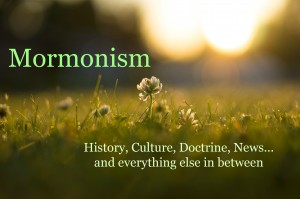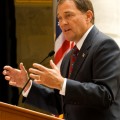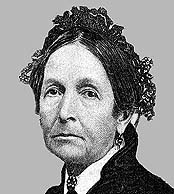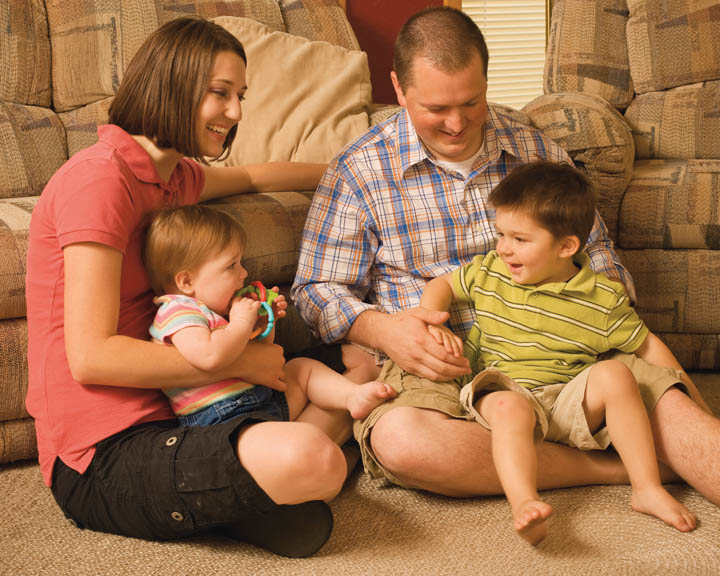Last week, we followed Wallace and Martha Toronto as they led the Mormon Czechoslovakian mission during the initial stages of World War II. The article ended when they had safely gotten themselves and the missionaries out of the country just hours before Hitler took it over. This article will explore what happened when the Torontos were asked to return and face the challenges of running the Church under Communist rule.
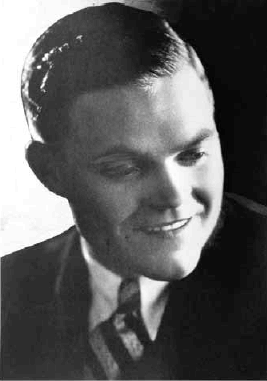 Wallace Toronto was not released as the mission president when he and the missionaries fled the country. However, he selected Josef Roubícek, who was only twenty-one years old, to be the acting mission president in his absence. They both knew communication would be difficult, and while President Toronto would do the best he could from the United States, the young Czechoslovakian would have to make many decisions on his own under very difficult circumstances.
Wallace Toronto was not released as the mission president when he and the missionaries fled the country. However, he selected Josef Roubícek, who was only twenty-one years old, to be the acting mission president in his absence. They both knew communication would be difficult, and while President Toronto would do the best he could from the United States, the young Czechoslovakian would have to make many decisions on his own under very difficult circumstances.
Six years later, the young acting mission president wrote, ““Their testimonies of the truthfulness of the gospel have not wavered even in the worst moments of this great conflict.” Six month after writing this, he reported that there were just eighty-six Mormons left, that he knew of, in the entire country. A few had ended up in concentration camps and most of the Germans had either fled, been imprisoned, or been deported. Many had died. Each year during this time, those Mormons who could visited the place where the nation had first been dedicated for the preaching of the gospel. In 1944, they placed a statue there, a symbol of their commitment that the faith would not die in their country, no matter how difficult things were for them. They even managed to baptize ten new converts during the war. The young acting mission president worked hard to keep the Church going and in 1946, he received a visit from Ezra Taft Benson, who was then an apostle. Elder Benson praised the work this little band of Christians had done under a leader who, while young and inexperienced, had given everything he had to the work.
Josef Roubícek’s efforts had been so outstanding that Elder Benson was told by government officials that the Church was welcome to return to the country and that their reputation was solid. Wallace Toronto again gave up his career to return, along with two missionaries. It would take them a year to find a new mission home. His family would not join him until this happened.
The Mormons Return to Czechoslovakia
He began by trying to locate all the church members who were missing, including the family that had been placed in a concentration camp. Elfrieda (Frieda) Glasnerová Vanecková, a Jewish convert, had been freed with her two sons by American soldiers the day she was scheduled to be killed. She was now in a hospital in serious condition. Her husband, who had been placed in a camp for those who were not Jewish, had also been freed.
In 1947, President Toronto’s family arrived. His wife found the country she loved was devastated. Rebuilding would take a very long time. She had been warned to bring all the clothing she would need for the next three years, a daunting task since she now had five children. There was very little to buy in the country and what there was would be needed by the local people. Food was severely rationed, but her husband had food storage supplies sent in by the Church to help his family and the missionaries, who would total 39 by 1948. Supplies were also distributed to church members, some of whom said the food saved them from starvation. Rations for Sister Toronto’s family allowed for one glass a milk a day for the children—none for adults. Each month, every person could purchase two eggs, a pound of meat, and a quarter pound of sugar. The family also fed as many as sixteen young male missionaries who lived with them at any time, until they knew the language well enough to begin serving. Two young female missionaries lived at the mission home their entire missions for safety reasons. Sister Toronto fed all these people by shopping nearly every day, going to a different store for each item.
The 1948 Communist Coup in Czechoslovakia
In January of 1948, a Communist Coup arrived, completely altering the way the Mormons were able to operate in Czechoslovakia. All Americans were required to register as aliens with the secret police, a tactic meant to frighten them into leaving.
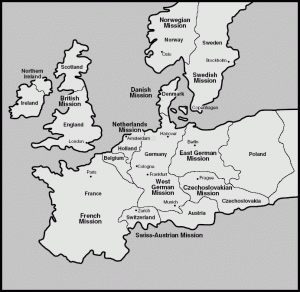 The Communists inserted themselves into church meetings. Speakers and teachers had to submit their talks and lesson plans six weeks in advance to the government for approval. The Communists would edit the talk, removing anything they didn’t like, and send it back for revision. Church members could not give it until it was approved. These agents from the Censorship Office attended all their meetings to make certain they gave the talks and lessons as they had been approved—no improvising was allowed. Church members decided to treat them as if they were ordinary visitors coming to learn about the Church and welcomed them, an act which probably confused the agents. They also found their neighbors watched them through the windows and any time they left their homes, they were followed. Surprisingly, they soon found they were used to it and made a game of spotting the spies.
The Communists inserted themselves into church meetings. Speakers and teachers had to submit their talks and lesson plans six weeks in advance to the government for approval. The Communists would edit the talk, removing anything they didn’t like, and send it back for revision. Church members could not give it until it was approved. These agents from the Censorship Office attended all their meetings to make certain they gave the talks and lessons as they had been approved—no improvising was allowed. Church members decided to treat them as if they were ordinary visitors coming to learn about the Church and welcomed them, an act which probably confused the agents. They also found their neighbors watched them through the windows and any time they left their homes, they were followed. Surprisingly, they soon found they were used to it and made a game of spotting the spies.
When the Communists saw that the Mormons refused to be intimidated, they stepped up the pace. They began contacting church members, threatening them with arrest, job loss, or reduced rations if they attended church. The Church was forced to stop publishing its magazine, which had been a very successful missionary tool.
Interestingly, the harder the government pushed them, the more the baptisms increased. They had only 28 baptisms in 1948, but 70 the following year. Despite the threats, church attendance actually increased dramatically.
The Mormon Mission in Czechoslovakia Closes Again
However, the government began to accuse the Mormons of actually being mere spies for the United States. They began to send expulsion letters to missionaries, forcing President Toronto to spend a great deal of time seeking extensions. The citizens began to realize the promises the Communists had made were lies, and they had to work harder than ever—even the women and children worked seven days a week to survive. This made it difficult for members to attend meetings. Gradually, the missionary force was reduced, as expelled missionaries were sent to English-speaking countries to finish their missions or sent home early if they had already served the majority of their missions.
President Toronto began to organize the larger congregations to be entirely run by local members, even though many were inexperienced. Smaller congregations were closed.
And then the Communists arrested two missionaries, accusing them of being spies. President Toronto drove to their apartment after receiving word that they had disappeared. When he saw the apartment closed with government tape, he knew they had been arrested. A lawyer who was a member of the Church warned him they were trying to intentionally create an international incident and would demand ransom if one was created. He suggested they handle it quietly. He did so, and they agreed to free the missionaries if all American missionaries left the country. The government then shut down the mission, but President Toronto had already anticipated this, and the missionaries had already been told to come to Prague, and from there, were being sent out of the country. He then began working to get his family out of the country, not an easy task. Just before he left, he was arrested himself. He was questioned for seven hours while his wife prepared to follow his instructions to get the family out of the country if he didn’t return in time to go with them—or ever. However, they freed him, and his wife eventually learned he had been expelled and, after closing the mission, had gone to Switzerland.
Operating the Czech Mormon Mission from the United States
Once the mission closed, President Toronto did what he could from home. Again, he was not released from his call. He applied nine times for visas and was rejected each time, even to enter as a tourist, due to having been portrayed as a spy by the Czech government . When he could, he sent advice and humanitarian aid to the church members, but for almost fourteen years, the Mormons in Czechoslovakia held on to their faith under intolerable conditions. They had almost no contact with church leaders in the United States. They were not permitted to worship publicly, as the government had denied their request for recognition, so their faith was practiced quietly behind the doors of their homes.
Finally, in the 1960s, the Swiss mission president was permitted to enter the country with a man who had served as an early missionary in the country. He tracked down church members and hosted a discreet church meeting in a private home.
Then, a rare visit with some members of their Czech mission who had come to the United States provided them with hope. They learned the government was desperate for American money. At the encouragement of the Mormon prophet, they applied again, still holding no real hope. However, to their surprise, the Torontos were given a fifteen-day visa. They knew it would be a dangerous trip, since they were considered spies, and they prepared for possible arrest or murder. However, they felt strongly, as did the prophet, that the church members needed to know they had not been forgotten. They were heartbroken by the barbed wire fence surrounding the country to keep people from escaping, but they worked hard to appear to be nothing more than tourists as they met with officials at the border who would make the final decision about whether or not they could enter. They did not reveal their ability to speak the language.
Wallace’s picture was hung in post offices and other buildings throughout the country as a spy who was wanted by the government. He was in the “black book” of undesirables. Somehow, no one seemed to check on this or to recognize his name. The Church had given them a large sum of money, knowing the government was more likely to allow them to enter if it appeared they would be spending a great deal there. The money, beyond what they needed for the visit, was to be used to provide humanitarian relief for church members when they left. The Torontos carried no church literature or membership lists, nothing to remind the government of who they were.
 They knew they were being followed, and Sister Toronto found she was no longer used to it, even though it had been expected. They carefully established themselves as ordinary tourists before visiting the first church members. These people knew they were coming because the tourist who had told them of the government’s need for money had still been in the United States when their visas were approved. She had taken back memorized messages to the Church in her homeland. They found ten members gathered, despite a law forbidding gatherings of more than five people.
They knew they were being followed, and Sister Toronto found she was no longer used to it, even though it had been expected. They carefully established themselves as ordinary tourists before visiting the first church members. These people knew they were coming because the tourist who had told them of the government’s need for money had still been in the United States when their visas were approved. She had taken back memorized messages to the Church in her homeland. They found ten members gathered, despite a law forbidding gatherings of more than five people.
They learned that the members were so intent on receiving the sacrament (communion) and church instruction, despite the prohibitions, that they had worked out an elaborate plan to do so. Each Sunday, those men who held the priesthood spent the entire day, going two by two, visiting each home in the congregation. They frequently swapped partners and reorganized routes so as to not be noticed. When they arrived in the home, the homemaker would have her best china out and the sacrament would be administered. The men would then teach for twenty minutes before leaving, the timing carefully planned to look like a social visit. They had no church materials, so they taught from their hearts.
Wallace Toronto: Final Visit and Arrest
In 1965, Wallace Toronto would make his final visit to the country he loved, this time as an official representative of the Church. The prophet approved the visit, to be made during a large festival that attracted people from all over the world, but said he felt prompted by the Spirit that President Toronto should leave his wife at home.
He attended the festival and hoped to be discreet. However, a cameraman noticed he was American and put him on camera, asking him to tell of his impressions of the event. President Toronto, who had once been told in a prophetic message that he would someday testify to a nation, stood up and spoke in perfect Czechoslovakian, explaining about his years in the country many years before and stating that he loved the country and this festival. This, of course, caused church members to discover he was in the country, and they came to visit him. When he went to government offices, he was also recognized.
While traveling to meet with the minister of religious affairs at the Ministry of Interior, he was arrested and accused of being a spy, of bringing missionaries into the country, and of trying to re-establish the Church illegally. He pointed out that he was meeting with government officials to try to establish it legally and also told them he had visited previously, at which time he’d told members they would not be able to re-establish the Church. They said they knew of that visit.
The very man President Toronto had hoped to meet with was brought in. He slammed his fist on the table and explained that the country did not approve of religious freedom. He attempted to intimidate the mission president, but President Toronto was not a man who could be intimidated. He told them the history of the Church in their country and said they had expelled the best friends the country had ever had. He explained that all he wanted was for church members to be able to meet legally under the direction of citizens of their own country. The government admitted they already knew who these men were, but, in her autobiography, Martha Toronto said what they didn’t know was the power of the priesthood these men held. The mission president told them he would be trying again to improve conditions for church members. Then the government officials took him to the border, leaving him to walk into Germany, a place he had not intended to be and for which he had no visa. He spoke to the guard, who was alarmed to find a man walking across the border in the middle of the night, in fluent German and even taught him a bit about his faith. The man offered him a bench on which to sleep for a few hours. The next morning, he was able to get to Munich to the mission home, where he appeared looking like a homeless refugee.
Wallace Toronto’s Death and Czechoslovakia Today
In 1967, Wallace Toronto died of cancer. He was still the mission president, despite being in the United States, so his wife was asked to carry out his duties until they could combine the mission with the Swiss Mission. She joked that she was the only female mission president in church history, although it was only for a brief time and was never really official.
The Church was able to begin sending someone for an annual visit after that and in 1972, members were finally permitted to meet openly. The Church was increasingly permitted to interact with members, and the Book of Mormon was reprinted in the Czech language and brought into the country. Missionary work improved and a young woman who joined the church, Olga Kovárová, brought forty-seven people into the Church herself as a member-missionary, in just eight years.
In 1990, the government reinstituted religious freedom, and a month later officially recognized the Church. That same year, the mission reopened and the Mormon Tabernacle Choir was invited to the country to perform on national television.
Learn more about Mormonism in the Czech Republic.
Be sure to read the autobiography of Sister Martha Toronto. A link to the autobiography, which is free online, is in the sources at the end of the article.
Sources:
Kahlile Mehr, Czech Saints: A Brighter Day, Ensign, August 1994
The Wallace Toronto Foundation
Chapter Forty: The Saints during World War II, Church History in The Fulness Of Times Student Manual, (2003), 522–534
A CHERRY TREE BEHIND THE IRON CURTAIN: AUTOBIOGRAPHY by Martha Toronto Anderson
About Terrie Lynn Bittner
The late Terrie Lynn Bittner—beloved wife, mother, grandmother, and friend—was the author of two homeschooling books and numerous articles, including several that appeared in Latter-day Saint magazines. She became a member of the Church at the age of 17 and began sharing her faith online in 1992.

